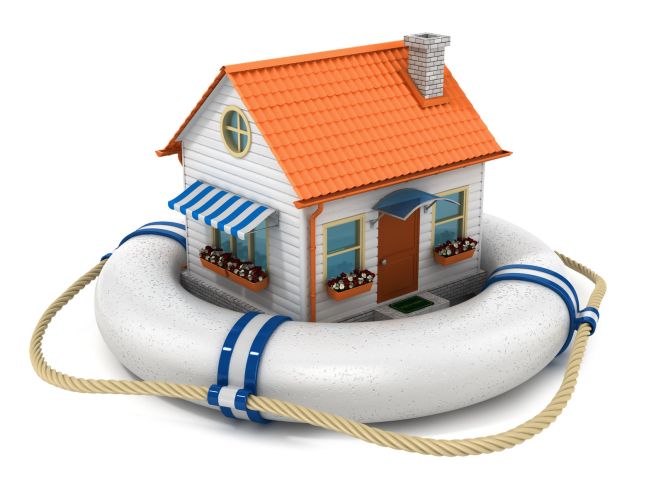What Does Homeowners Insurance Really Cover?
Request a Quote
Protection Against Disasters
Homeowners insurance typically covers damage caused by fires, storms, hail, tornadoes, and other natural events. However, it's important to note that disasters like earthquakes and floods usually require additional coverage beyond a standard policy.
Theft and Vandalism
Your policy likely includes protection against theft and vandalism. This means compensation for stolen or damaged property and may also cover damage to your home caused by a break-in.
Liability Insurance
Liability coverage is a standard part of most homeowners insurance policies. It protects you against lawsuits for bodily injury or property damage that you or family members cause to other people. It also pays for damage caused by pets.
Additional Living Expenses (ALE)
If your home is damaged and needs repairs, ALE covers the cost of living away from home. This can include hotel bills, restaurant meals, and other expenses incurred while your primary residence is being repaired or rebuilt.
Learn more about the specifics of homeowners insurance and how it can protect you here. If you have questions or need to discuss your current policy, feel free to contact us at 888-600-7333. We’re here to help ensure you and your home in Pensacola, Milton, Escambia County, FL. are fully protected.

